The magic of Central Europe enchants every generation of travellers. Timeless medieval art, evolving periodical architecture, and stories of customs spanning centuries add a finishing touch to every standard Poland trip, leaving every tourist flattered. Ostrow Tumski Lamplighting in Wrocław is a thing of beauty! Let’s dig deeper into this beautiful tradition, which is one of its kind in Poland.
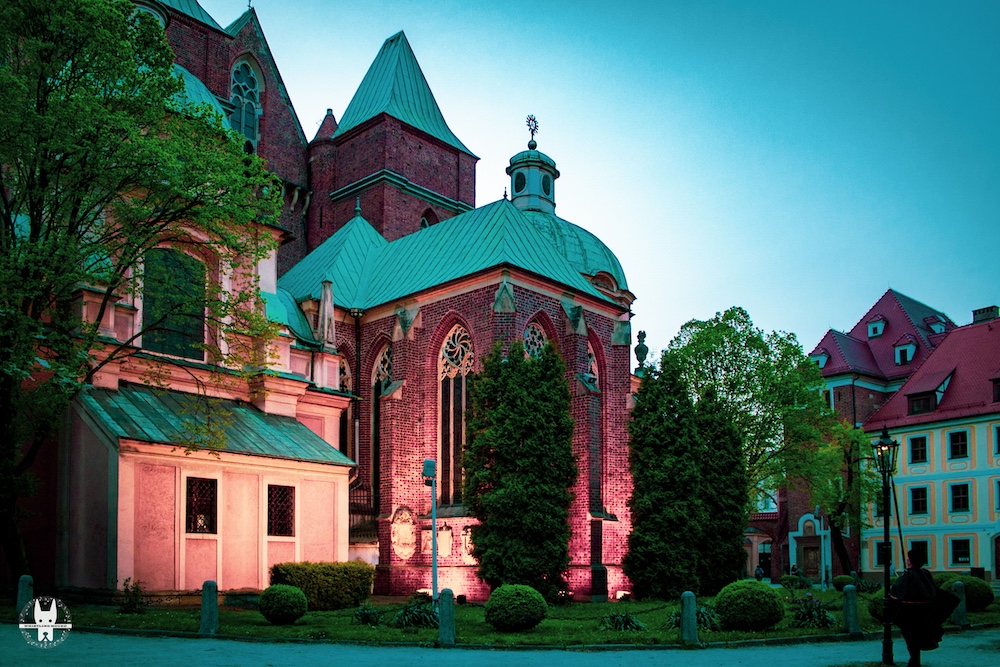
The traditions and long-surviving cultural heritage of the land have become an identity of the land. These travel stories from Polish traditions are fascinating to discover, grasp, and pass on to future generations.
A unique custom of lamp lighting from centuries ago still flourishes on the Cathedral Island, Wrocław. The dreamy old town is located northeast of the city centre of the Lower Silesian capital, Wrocław.
(*The city centre(Rynek) and Old Town are not the same places in Wrocław)

The historic Ostrow Tumski(Cathedral Island) draws millions of tourists and residents towards its dimly lit cobbled stone streets. Aside from featuring some of Poland’s most antiquated and historical churches, Ostrow Tumski has several other tourist attractions. Most of the attractions predate the historical Main Market Square of Wrocław. Illuminating the postcard streets, arches, and brick walls of cathedrals straight from the 13th to 14th century, the allure of soft flickering butane-powered gaslight is unparalleled.

In its thousands of years, Wrocław has endured a lot. From destruction from invasions to shifting rulers, and WW2, Tumski has seen the glorious and darkest days. Overall, the charm of Wrocław has persisted and still maintains its unique Ostrow Tumski lamplighting tradition.
The oldest inhabited part of Wrocław saw the first settlers, Slavic tribes, arriving in the 9th century on Ostrow Tumski.
Wrocław became one of the first bishoprics alongside Kolozberzg and Kraków in the 10th century and functioned as an influential seat of the Catholic nation of Poland.
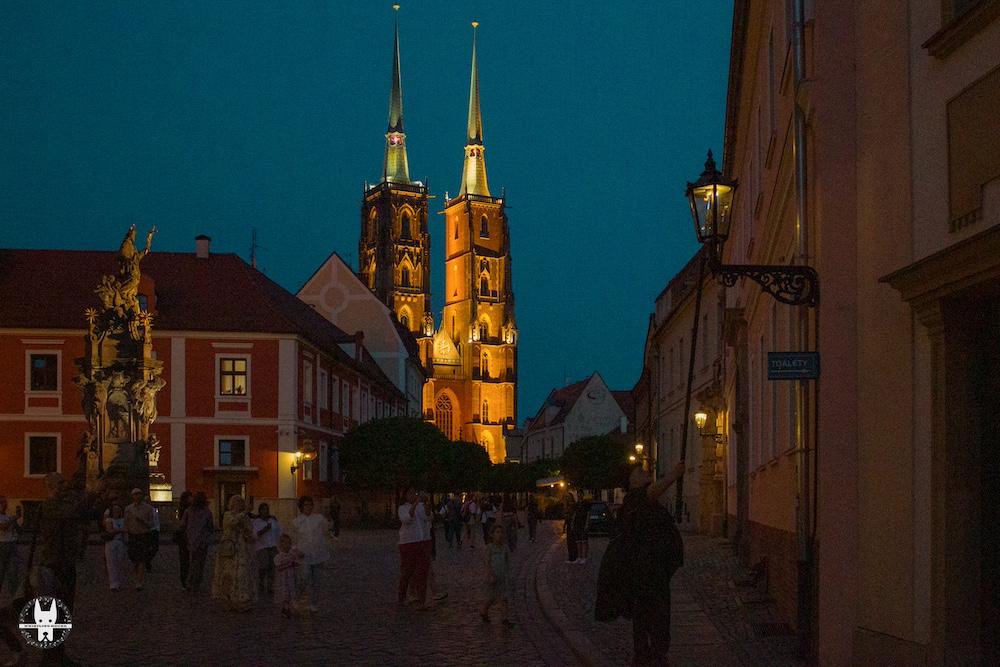
A noteworthy city from a strategic location, trade route, culture, and art perspective, the famous Amber Route from Gdańsk crossed the Old Town, Wrocław. Constant shifts of rulers and faith led to subtle changes in history, shaping the beautiful Worcław we see today.
Destroyed 70-80% post-WW2, after the Wrocław Fortress (then Prussia) surrendered to the Soviet attack. Ostrow Tumski endured massive damage and was rebuilt to match its most accurate pre-war form.
Ostrow Tumski Lamplighting: A Beautiful Tradition
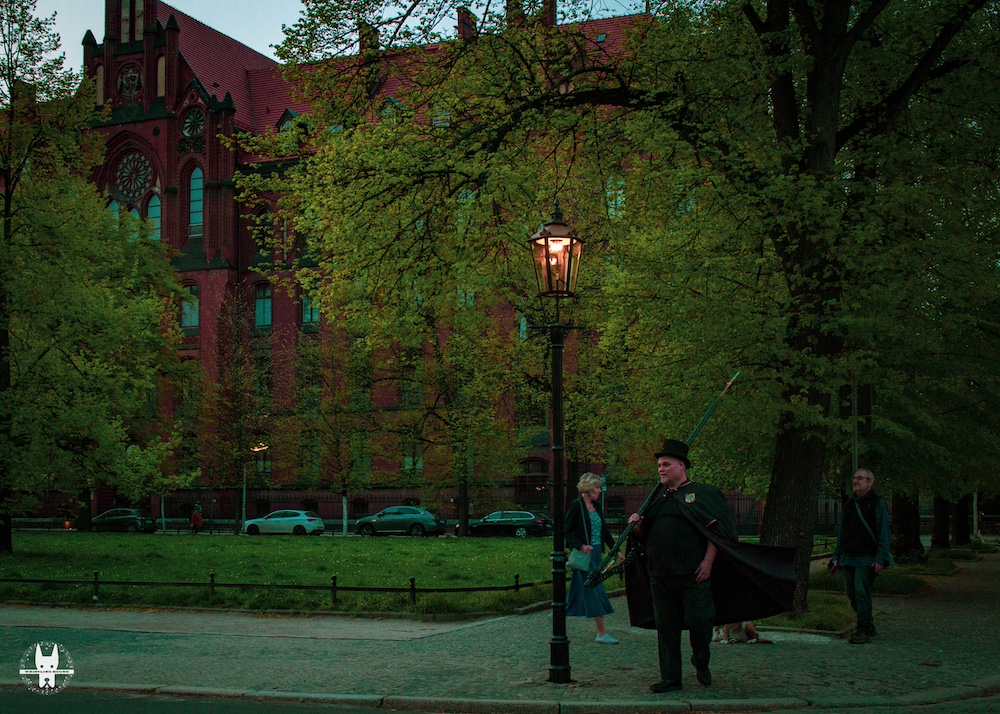
A hidden gem of Poland, Wroclaw offers a tapestry of visual delights and unique experiences. 6 years in this city and every encounter with the lamplighter on Tumski (read elusive) thrills the fanboy in me.
(If you’re drawn to the old-world charm of Ostrów Tumski and the lamplighter’s ritual, you’ll probably appreciate staying in a place that carries the same spirit. I wrote about Art Hotel Wrocław — a boutique hotel in Wrocław Old Town that feels like part of the city’s living history)
Dressed in his black cape and magician hat, the Lamplighter of Tumski flaunts his fancy lighter. He hides a butane cartridge underneath his fancy cloak. Every evening, the latarnik sets out to light up all the 102 butane-powered gas lamps on Ostrow Tumski. And he turns it off every day before sunrise!

Plan a trip to Ostrow Tumski around sunset. That’s when the Wrocław Lamplighter starts his ritual. Minutes before sunset, he can be seen scampering through the cobbled streets of Wrocław Old Town.
Don’t miss this remarkable spectacle if you are on a trip to Wroclaw this summer. It still is one of my favourite things to do in Wroclaw.
Believed to have been first lit in Wrocław in 1846, the gas lantern and gas street lamps were a common sight across the 19th century. Europe. This tradition survived the war and subsequent modernisation. Lamps in Old Town were replaced in the 1960s, except for those butane-powered lamps on Ostrów Tumski that underwent modernisation.

Throughout the 19th century, lamp lighting was a well-respected job when gas street lamps were the norm in the pre-Edison era. The lamplighter’s job was to go around town at dusk, lighting up the city street lamps and extinguishing them at dawn.
Back then, the lamplighter was also assigned the duties of the town watchman. Butane-powered lamps on Ostrów Tumski sustained modernisation, and one of medieval Europe’s rarest customs survived.
Lamplighters around the world

As a city tourist attraction, Belarus city of Brest has employed a lamplighter since 2009 to light up the kerosene lamps in the shopping street every day.
A team of lamplighters operated in London(updated in 2022), where gas lights have been preserved as part of English Heritage.
In the European Union, there are only two cities where lamplighters are still on duty: Zagreb, Croatia and Wroclaw, Poland.
Had an opportunity to live this experience? What was it like? Share in the comments.
Further read: Best Of 48 Hours In Wrocław – Venice Of Eastern Europe
FAQs: Ostrów Tumski Lamplighting
1. Where to stay near Ostrów Tumski in Wrocław?
If you want your stay to match the historic vibe of the cathedral island, check out Art Hotel Wrocław. It’s a boutique hotel in Wrocław Old Town, minutes away from Ostrów Tumski, with character rooted in the city’s history.
2. Is Ostrów Tumski part of Wrocław Old Town?
Ostrów Tumski is actually the oldest part of Wrocław, slightly separated from the Market Square but still within the historic center. Walking from the Old Town to the cathedral island takes ~12 minutes.
3. What’s special about the Wrocław lamplighter tradition?
Every evening at dusk, a lamplighter manually lights over 100 gas lanterns in Ostrów Tumski. It’s one of the last living traditions of its kind in Europe and gives the area a timeless atmosphere.
4. What else can I do around Ostrów Tumski at night?
Beyond the lamplighting walk, you can explore Wrocław Old Town cafés, riverside walks, and hidden courtyards. Many visitors combine it with dinner in the Market Square or a quiet stay at a boutique hotel in Wrocław Old Town for the full experience.
Share this:
- Click to share on Facebook (Opens in new window) Facebook
- Click to share on LinkedIn (Opens in new window) LinkedIn
- Click to share on Reddit (Opens in new window) Reddit
- Click to share on X (Opens in new window) X
- Click to share on WhatsApp (Opens in new window) WhatsApp
- Click to email a link to a friend (Opens in new window) Email


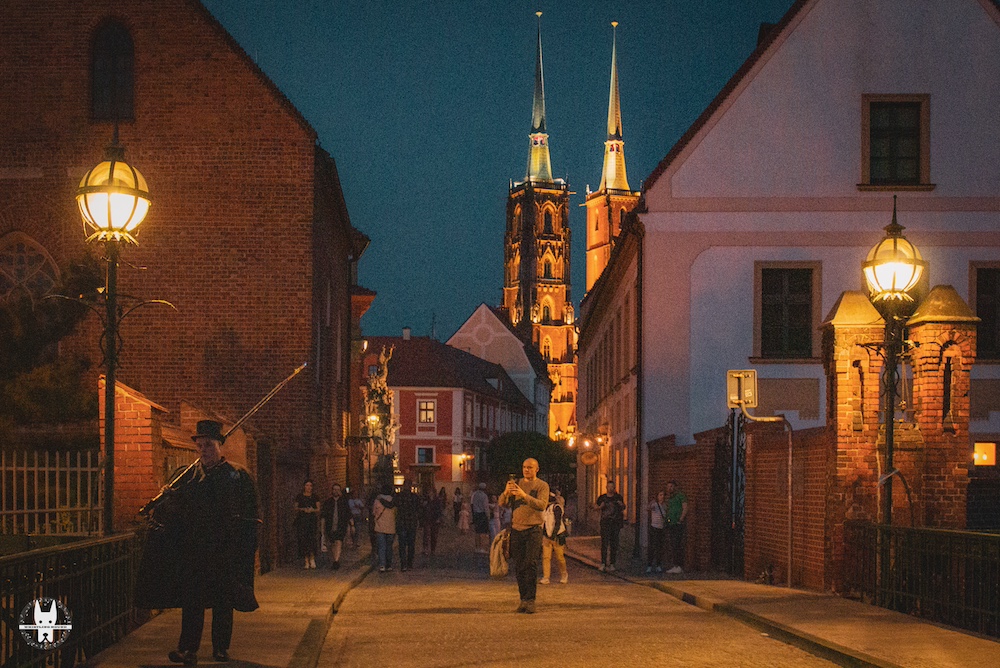
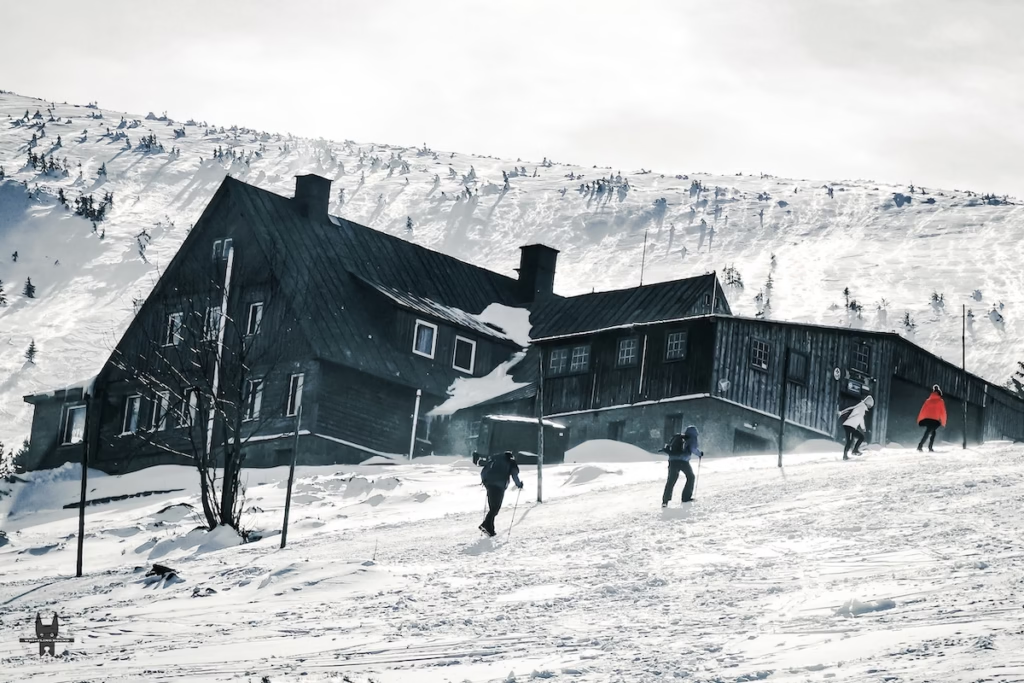

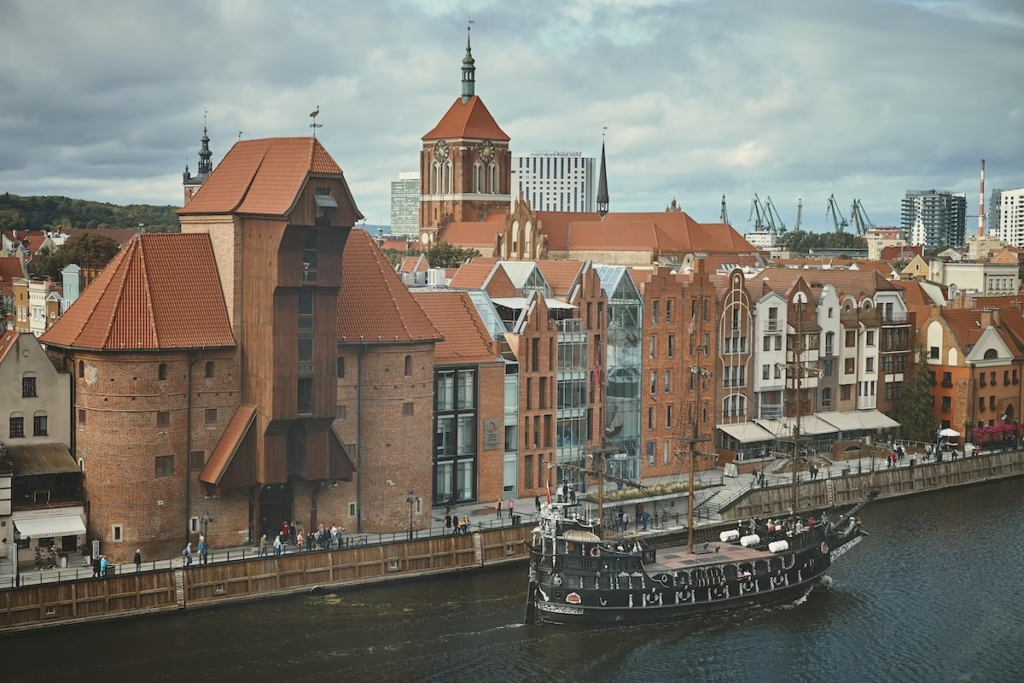
6 thoughts on “Uncovering the Centuries-Old Lamp Lighting Tradition on Ostrow Tumski Wrocław”
Pingback: 48 Hours in Wroclaw – Venice of the Eastern Europe – Whistling Hound
Interesting. I never knew of this tradition being practiced. Does this take place even in other Polish towns?
Hey Arv! Wroclaw is the only Polish town where the lamp-lighting tradition is practised to this day!
ah! Thanks for information
Pingback: A Glimpse Of The Classic Polish Winter Captured In Wrocław – Whistling Hound
Pingback: A Glimpse Of The Classic Polish Winter Captured In Wrocław – Whistling Hound